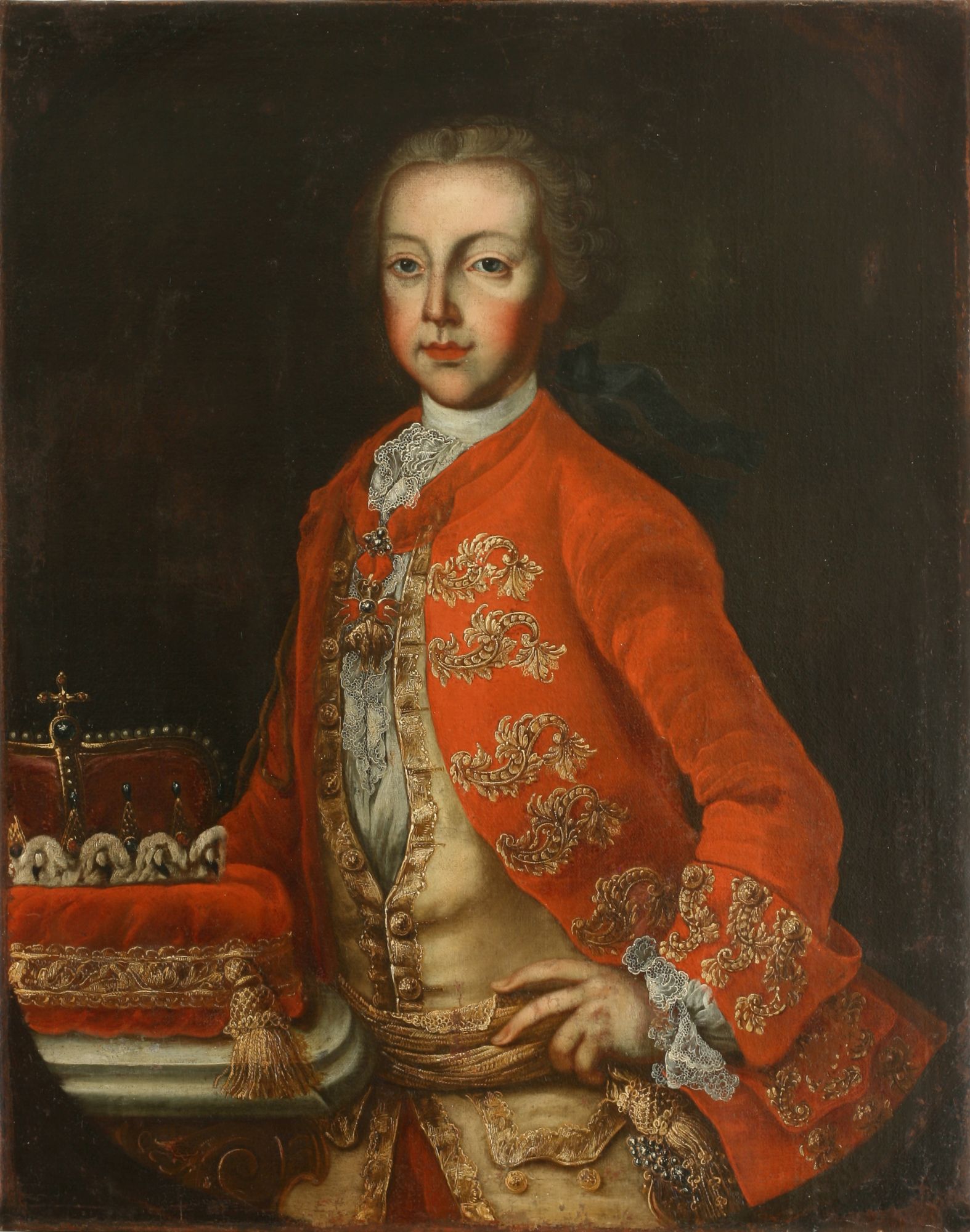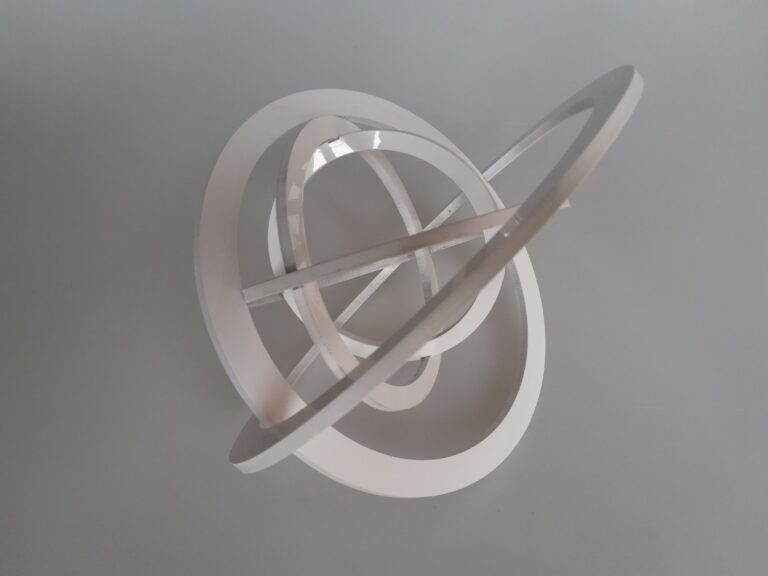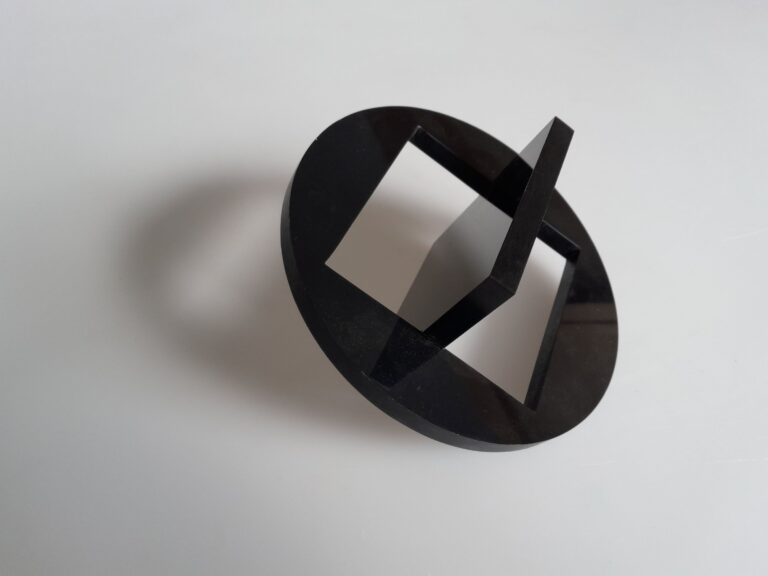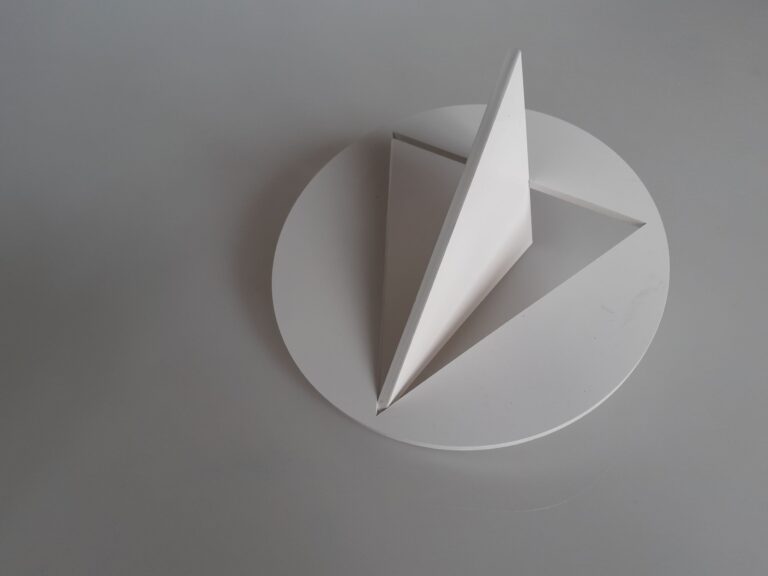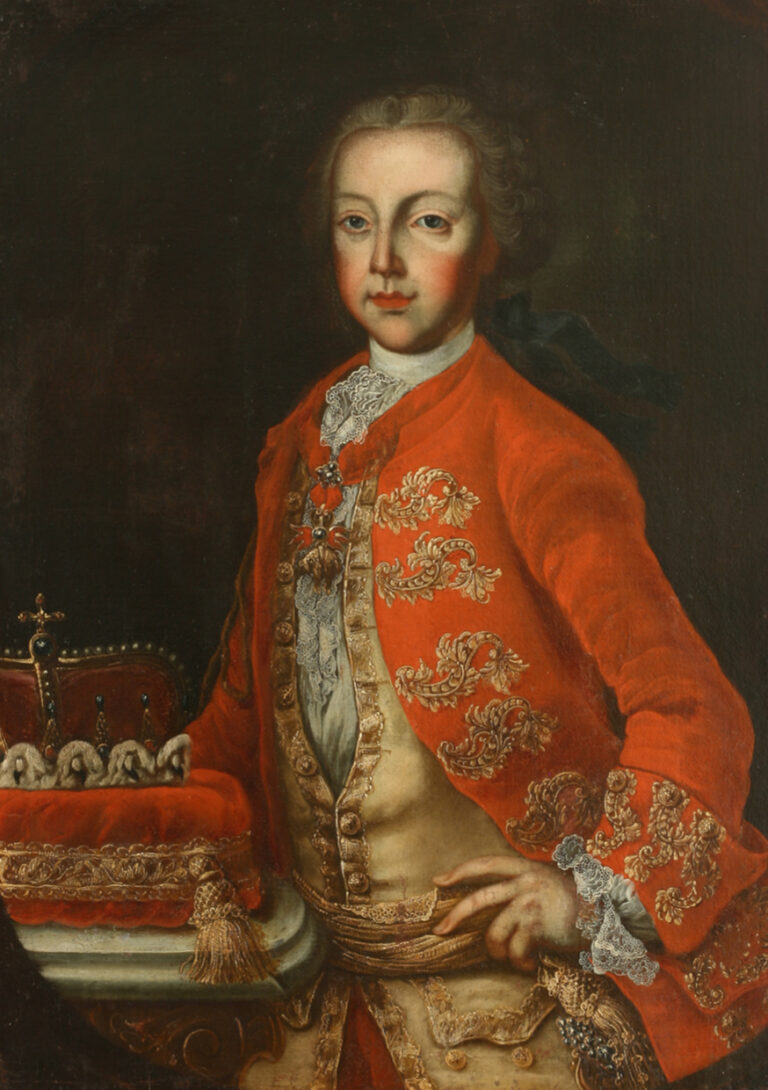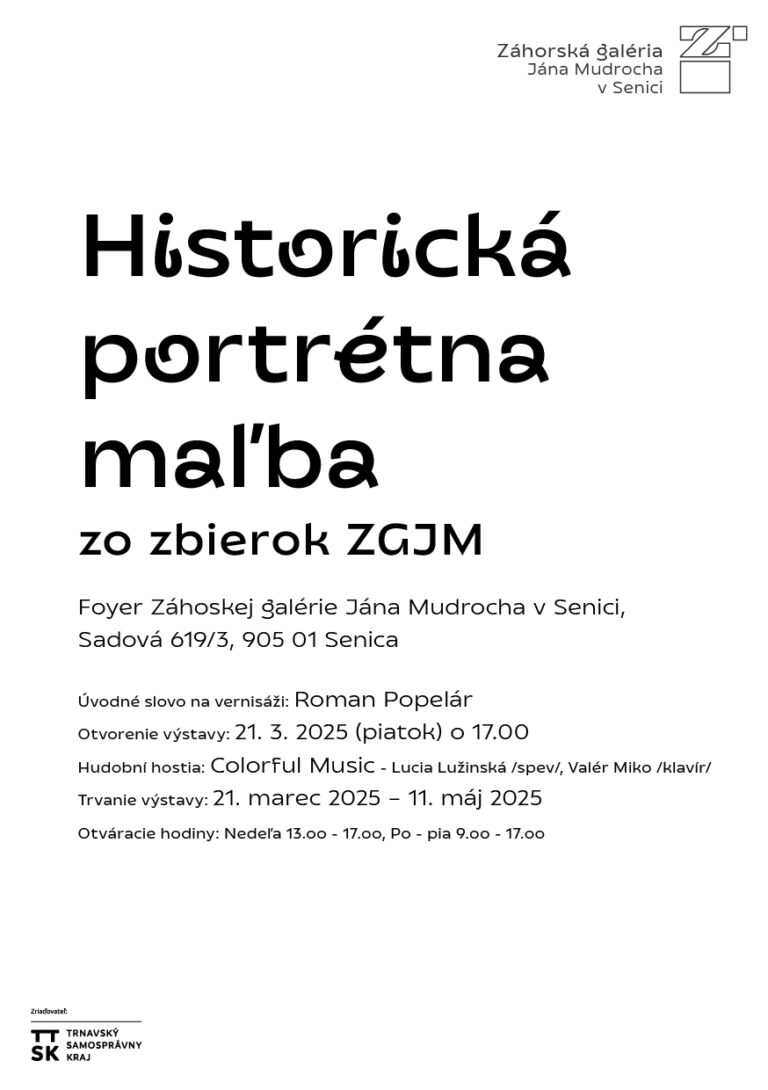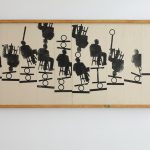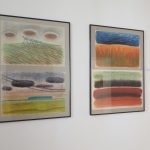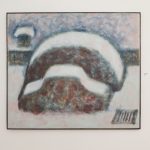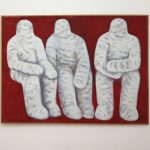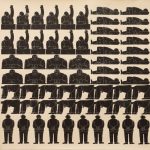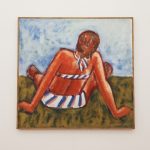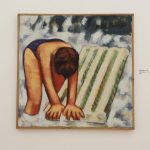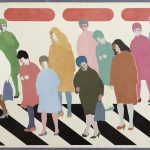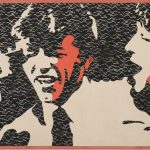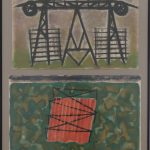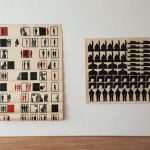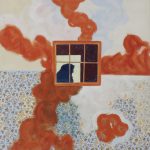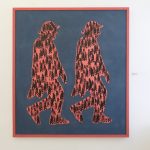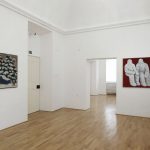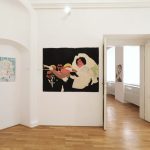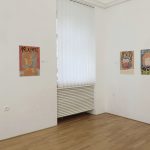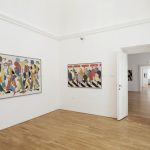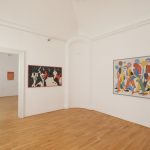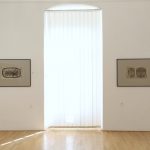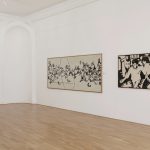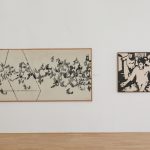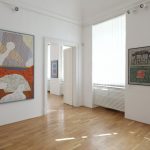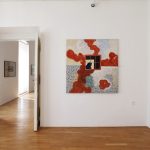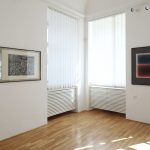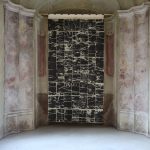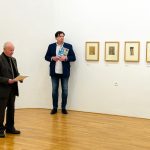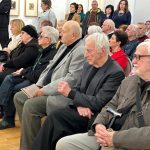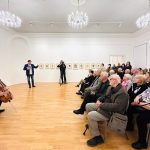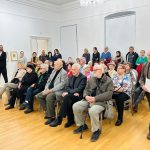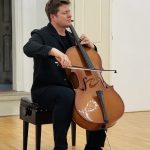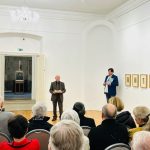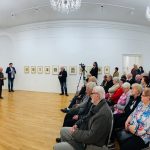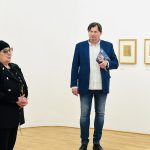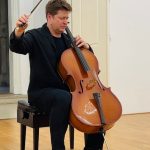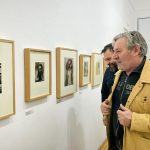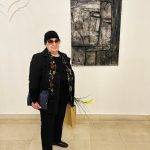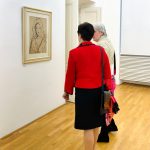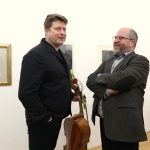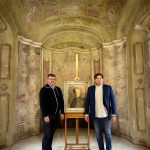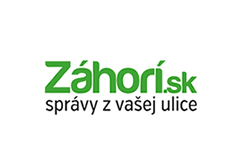Home › Exhibitions › Archive of exhibitions › 2025 › Historical Portrait Painting from the Collections of ZGJM
Historical Portrait Painting from the Collections of ZGJM
Historical Portrait Painting from the Collections of ZGJM
Selection of six works of historical portrait painting from the collections of the Záhorie Gallery of Ján Mudroch in Senica
Author, Exhibition Title: Historical Portrait Painting from the Collections of ZGJM
Venue: Foyer of the Ján Mudroch Záhorie Gallery in Senica, Sadová 619/3
Opening Speech: Roman Popelár
Exhibition Opening: March 21, 2025 (Friday) at 5:00 PM
Musical guests at the vernissage: Colorful Music – Lucia Lužinská (vocals), Valér Miko (piano)
Exhibition Duration: March 21, 2025 (Friday) – May 11, 2025 (Sunday)
About the exhibition
The artistic depiction of individuals dates back to antiquity when rulers and members of the elite had themselves immortalized on temple, palace, or tomb walls. From ancient times, the painted Fayum portraits from Egypt (1st century AD) are well known. The representation of individuals as a socially accepted phenomenon has evolved significantly. In Europe, its origins can be traced to the 14th century, but portrait painting in its modern sense flourished during the Renaissance. A faithful depiction of a person’s physical and psychological traits was crucial not only for identification but also carried social significance, reflecting their status. A ruler’s portrait, for instance, captured individual features while simultaneously serving as a symbolic representation of authority in the monarch’s absence. With the invention and spread of photography, painted portraits lost their original purpose.
The exhibition presents a carefully curated selection of six historical male portraits from the ZGJM collection, dating from the second half of the 18th and 19th centuries—during the reign of the Habsburg dynasty. Five paintings, restored in 2008 – 2013 (by Ján Hromada) and one in 2021 (by Štefan Kocka), depict members of the imperial family and high nobility. Four oil portraits of emperors, created by unknown European painters, belong to the category of official state portraits. These works blend realistic individual features with subtle idealization, emphasizing luxurious ceremonial attire, including regal insignia. The remaining two portraits portray the Hungarian general and poet József Gvadányi.
The oldest piece in the selection is an oval official portrait of a nobleman, likely Francis I Stephen of Lorraine, husband of Empress Maria Theresa. On his Záhorie estates (Holíč, Šaštín), he developed significant ceramic and textile manufacturing industries. The dramatically lit three-quarter-length figure emerges from a dark, undefined background, exuding aristocratic elegance. His refined facial details, flowing wig, and richly adorned ceremonial robe further enhance the image. The sovereign’s hand symbolically rests on the imperial orb and scepter, dating the portrait to around or after 1745, when Francis was crowned Emperor of the Holy Roman Empire. This sophisticated Baroque portrait is attributed to an official painter from the Viennese imperial court.
A portrait of Joseph II, the eldest son of Francis I and Maria Theresa, likely originates from the same imperial workshop. The elegantly posed young emperor wears a red Rococo suit embroidered with gold and lace. The conventional three-quarter ceremonial posture conveys confidence and vitality. Set against a dark (possibly unfinished) background, his right hand rests beside the imperial crown, reinforcing his monarchical authority.
Another portrait features Archduke Franz Joseph, the future Austrian emperor, against an illusory landscape backdrop. Dressed in a white ceremonial uniform, his serious gaze is directed toward the future. The academically executed yet slightly idealized painting captures him as a youth, likely before his ascension to the throne in 1848 at the age of 18. Such portraits were commonly commissioned for rulers before their official inauguration.
The collection also includes another portrait of Franz Joseph I, painted in the later years of his reign (he died in 1916 during World War I). This somewhat sterile yet veristic depiction presents the seated emperor with a dignified pose, recognizable facial features, and his characteristic moustache and beard. Soft lighting highlights his figure and symbolically radiates from behind his head, emphasizing his status. The painting serves as a political statement, a common artistic expression of his imperial majesty.
Among the exhibited works is a portrait of József Gvadányi, a Hungarian aristocrat and general major, born 300 years ago. Created in the 1760s, this painting—by an unknown artist with later overpaintings—is the earliest known depiction of Gvadányi, who excelled both intellectually and militarily in the service of Maria Theresa and Joseph II. After retiring (1783–1801), he lived in Skalica and pursued a successful literary career, primarily in poetry. He was also the first to record the stories of his contemporary, Móric Beňovský. The portrait shows him in a grand white uniform with a period wig, gripping a saber, emphasizing his prior military career as a high-ranking officer in the Habsburg army. Originally adorning his residence in Skalica, the painting later became city property in 1862 and was eventually transferred to the collections of the Záhorie Museum and later ZGJM.
Another noble portrait in the ZGJM collection likely also represents József Gvadányi, depicted in his later years. The unknown artist of the late 18th century followed the conventions of the time, portraying him as a dignified, bareheaded man with a serious expression and characteristic moustache. He wears a blue hussar uniform with elaborate braiding and fur trim, a wide belt, and holds a saber with a feathered cap at his side. His attire and posture clearly identify him as an officer of the Hungarian hussar cavalry, who traveled extensively across Europe, fighting numerous victorious battles and enduring many wounds in service of the Habsburg cause.
Božena Juríčková
Curator, ZGJM
List of exhibited works:
J. Sonenschein: František Jozef I. 1891, olej, plátno, 99,8 x 73,5 cm, M 1
Slovenský maliar z 18. stor.: Portrét Františka Jozefa v bielej uniforme, olej, plátno, 110,5 x 83,5 cm, M 13
Neznámy autor z 18. stor.: Portrét generála, grófa Józsefa Gvadányiho, 2. polovica 18. stor., olej, plátno, 102,9 x 76,6 cm, M 490
Neznámy barokový maliar: Portrét Jozefa II., 2. polovica 18. stor., olej, plátno, 89,4 x 71 cm, M 538
Neznámy barokový maliar: Portrét šľachtica. 2. polovica 18. stor., olej,plátno, 141 x 96,8 cm, M 539
Portrét veľmoža, 2. polovica 18. storočia, olej, plátno, 104,5 x 71,3 cm
Peter Decheť: Powered by Power, 2020, olej na plátne, 75 x 100 cm
O autorke
Ohlasy v médiách
Download
Vernisáž
Teraz.sk, TASR, 11. apríla 2023 9:11
Záhorská galéria sprístupní výstavu Kresby Jána Mudrocha
Záhorí.sk, KamVen, 5. apríla 2023:
Kresby Jána Mudrocha /Záhorská galéria v Senici
NaZáhorí.sk, Angelika Kmecová, 13. apríla 2023
V Záhorskej galérii dnes začínajú výstavy Akvizície a Kresby Jána Mudrocha
Správy RTVS z regiónov, piatok 14.04.2023 17:10
Príspevok od 11:30:
Dominika Kusá: Kresby Jána Mudrocha
RTVS.sk, Správy RTVS, piatok 14.04.2023 19:00
Príspevok od 47:55:
Dominika Kusá: V Senici sprístupnili kresby J. Mudrocha
RTVS, Kultúra SK, Nedeľa 16.04.2023 18:00
Príspevok od 24:00:
Pozvánka Kresby Jána Mudrocha


